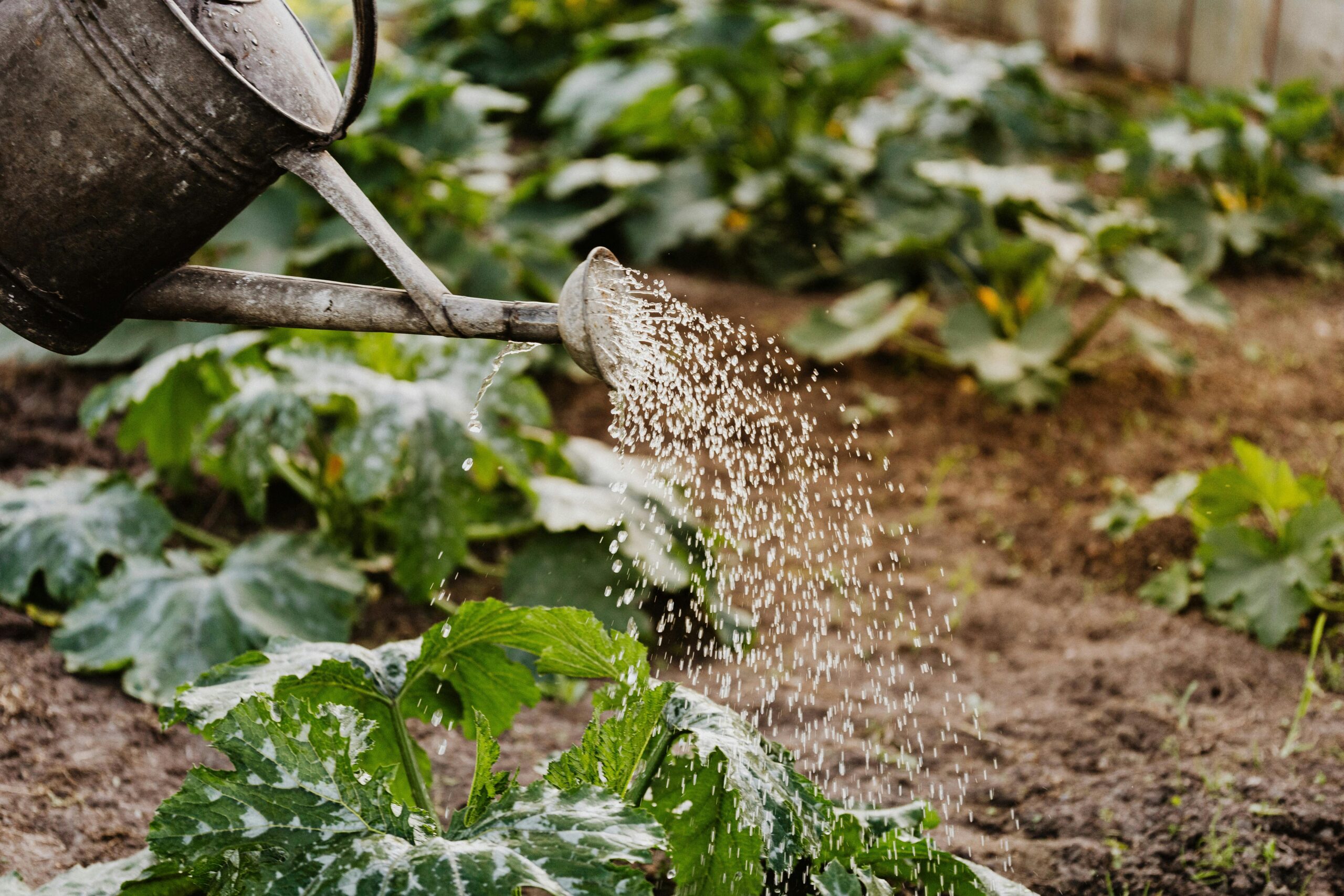In an era where sustainability is more than just a trend, many people are turning to their backyards to start their own sustainable gardens. This not only provides fresh, organic produce but also helps reduce the carbon footprint. If you’re considering this eco-friendly endeavor, here’s a comprehensive guide to help you start a sustainable garden in your backyard.
Understanding Sustainability in Gardening
First, let’s break down what sustainable gardening really means. It’s about creating a garden that meets current needs without compromising the ability of future generations to meet their own. This involves practices that conserve resources, reduce waste, and maintain the health of the ecosystem.
Choosing the Right Location
Your garden’s success heavily depends on its location. Select a spot that receives ample sunlight, typically 6-8 hours a day, which is crucial for most vegetables and herbs. However, different plants have different light requirements, so planning according to your plant types is essential.
Soil Preparation and Composting
Healthy soil is the backbone of any garden. Before planting, test your soil’s pH level and nutrient content. Most plants thrive in slightly acidic to neutral soil (pH 6-7). To improve soil fertility, incorporate compost, which is a key element of sustainable gardening. Composting kitchen scraps and garden waste not only enriches the soil but also reduces landfill waste. For example, banana peels and coffee grounds can be excellent compost materials.
Water Conservation Techniques
Water is a precious resource, and conserving it is a significant aspect of sustainable gardening. Implementing rainwater harvesting systems can be an effective way to water your garden without straining local water supplies. Additionally, drip irrigation systems deliver water directly to the plant roots, reducing evaporation and ensuring efficient water use.
Selecting the Right Plants
Choose native plants or those adapted to your local climate. They require less water, are more resistant to pests, and support local wildlife. For instance, if you live in a dry region, opting for drought-tolerant plants like lavender and succulents can be a great choice.
Organic Pest Control
Avoid chemical pesticides and fertilizers, which can harm beneficial insects and the environment. Instead, use natural pest control methods. Introducing beneficial insects such as ladybugs and predatory beetles can keep pests like aphids and caterpillars at bay. Companion planting is another effective strategy; for example, planting marigolds alongside tomatoes can deter nematodes.
Crop Rotation and Polyculture
Crop rotation involves changing the types of crops grown in each area of the garden annually. This practice prevents soil depletion and reduces the risk of disease and pest buildup. Polyculture, or growing multiple crop species in the same space, mimics natural ecosystems, enhances biodiversity, and can improve crop resilience.
Creating a Wildlife-Friendly Habitat
A sustainable garden supports not just plants but also the local wildlife. Incorporate elements such as bird feeders, bat houses, and bee hotels to attract beneficial creatures. These animals can help with pollination and pest control, creating a balanced and healthy garden ecosystem.
Seasonal Planting and Harvesting
Understanding and following the natural growing cycles of plants ensures you get the best yields while maintaining soil health. For example, planting cover crops like clover or rye during off-seasons can prevent soil erosion and add nutrients back into the soil.
Summary: Key Steps to Start a Sustainable Garden
- Select an appropriate location with adequate sunlight.
- Prepare your soil by testing and enriching it with compost.
- Implement water conservation techniques such as rainwater harvesting.
- Choose native or climate-appropriate plants.
- Use organic pest control methods.
- Practice crop rotation and polyculture.
- Create a wildlife-friendly habitat.
- Follow seasonal planting and harvesting cycles.
Starting a sustainable garden in your backyard is not just about growing your food; it’s about fostering an ecosystem that thrives on its own. By incorporating these practices, you’ll be contributing to a healthier environment and enjoying the benefits of fresh, organic produce right from your garden.

